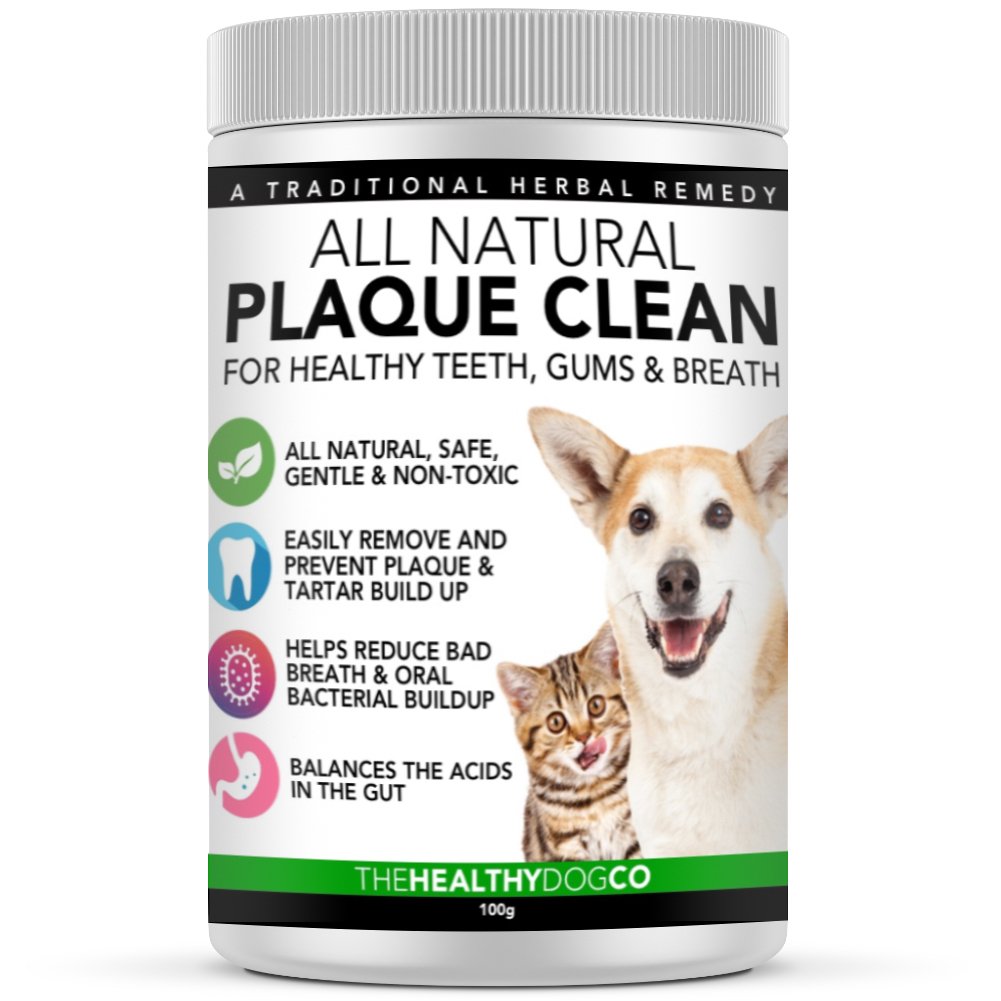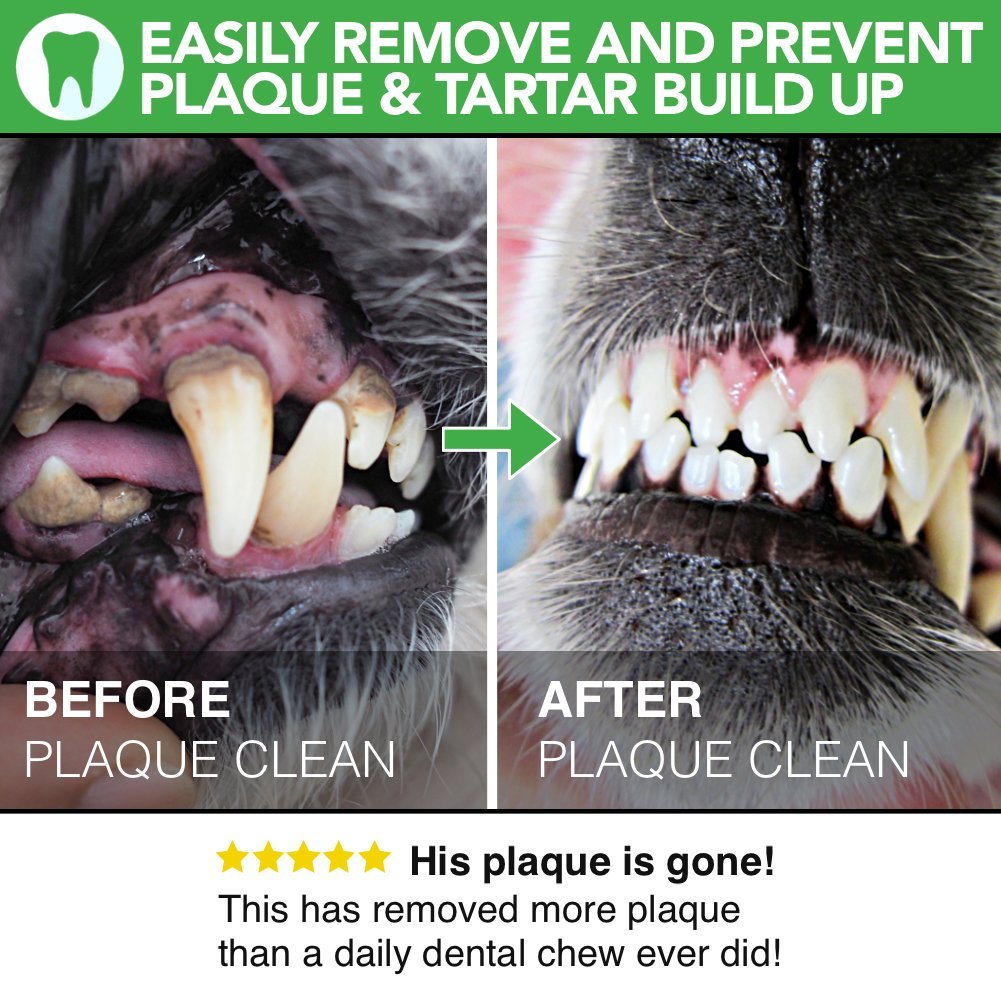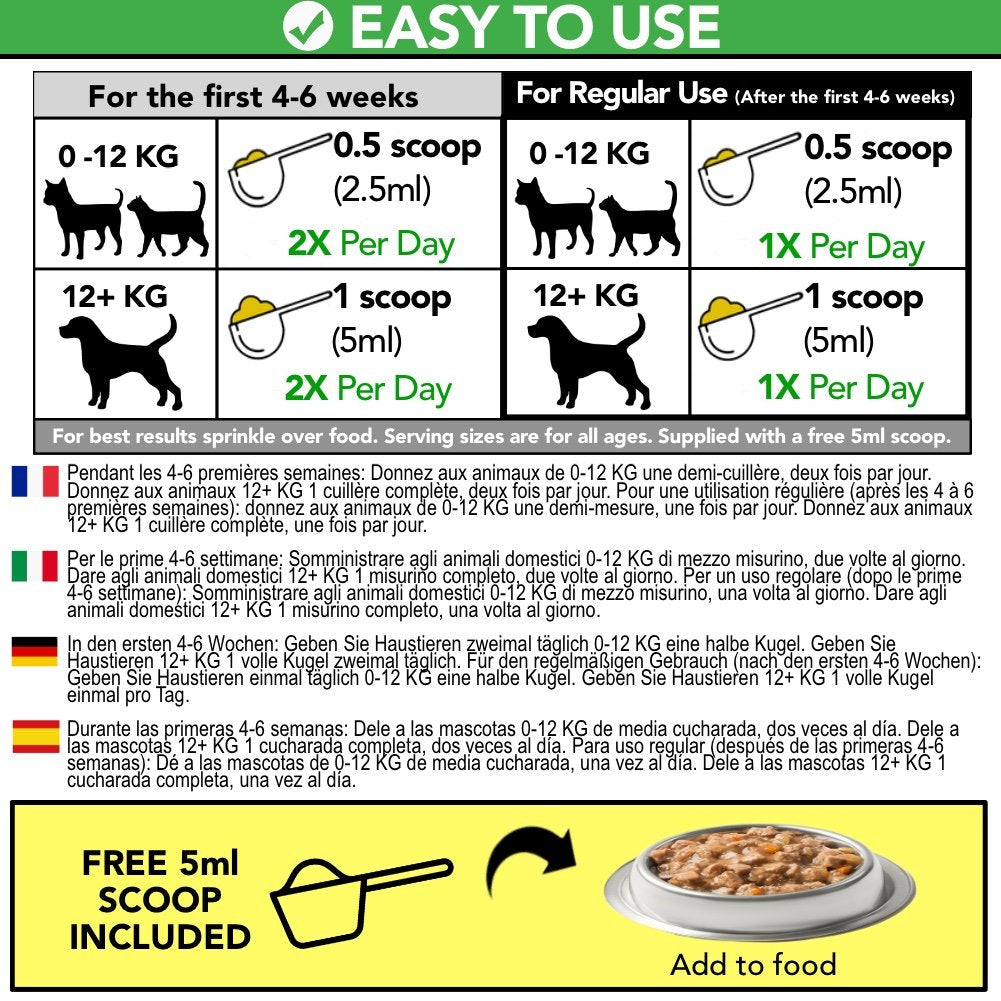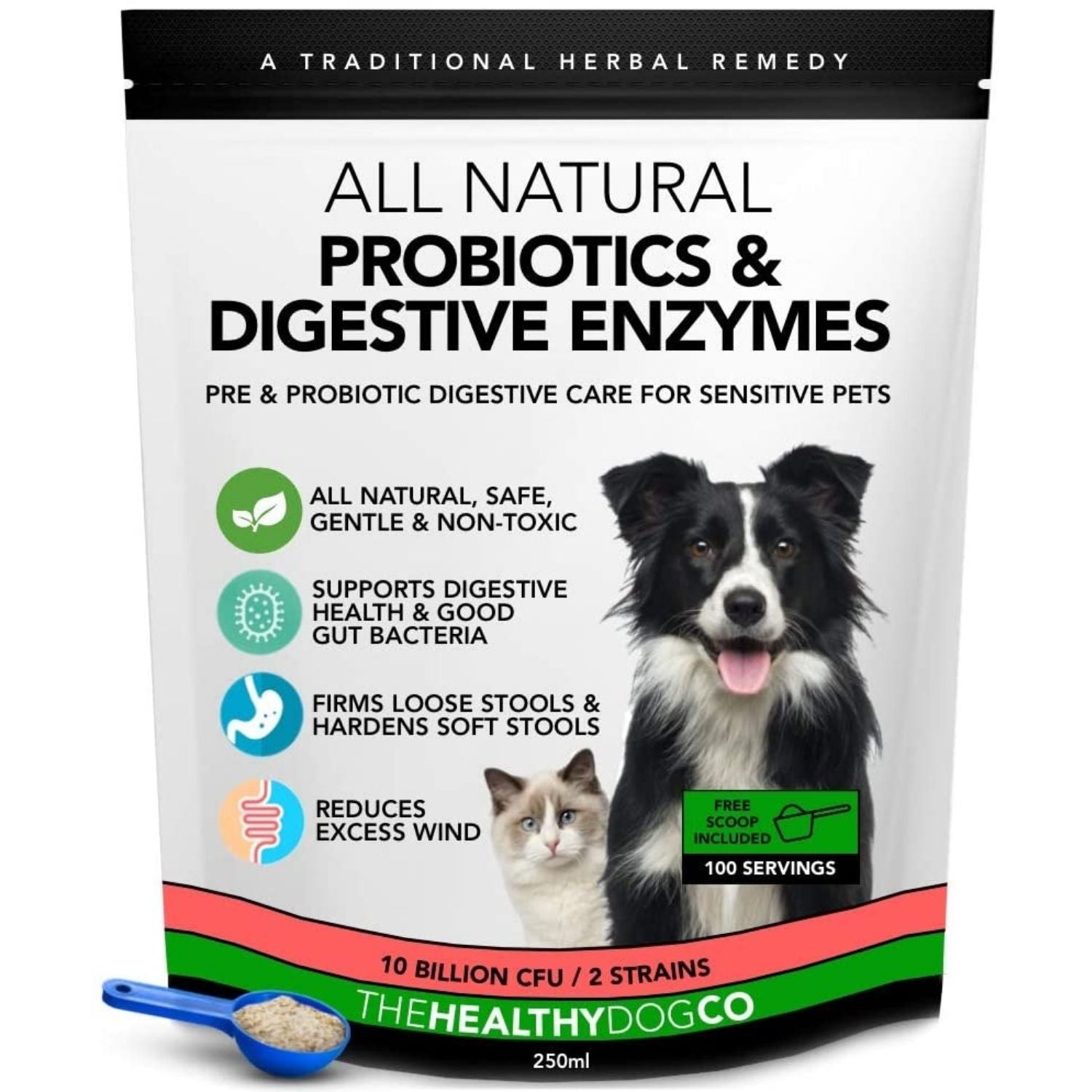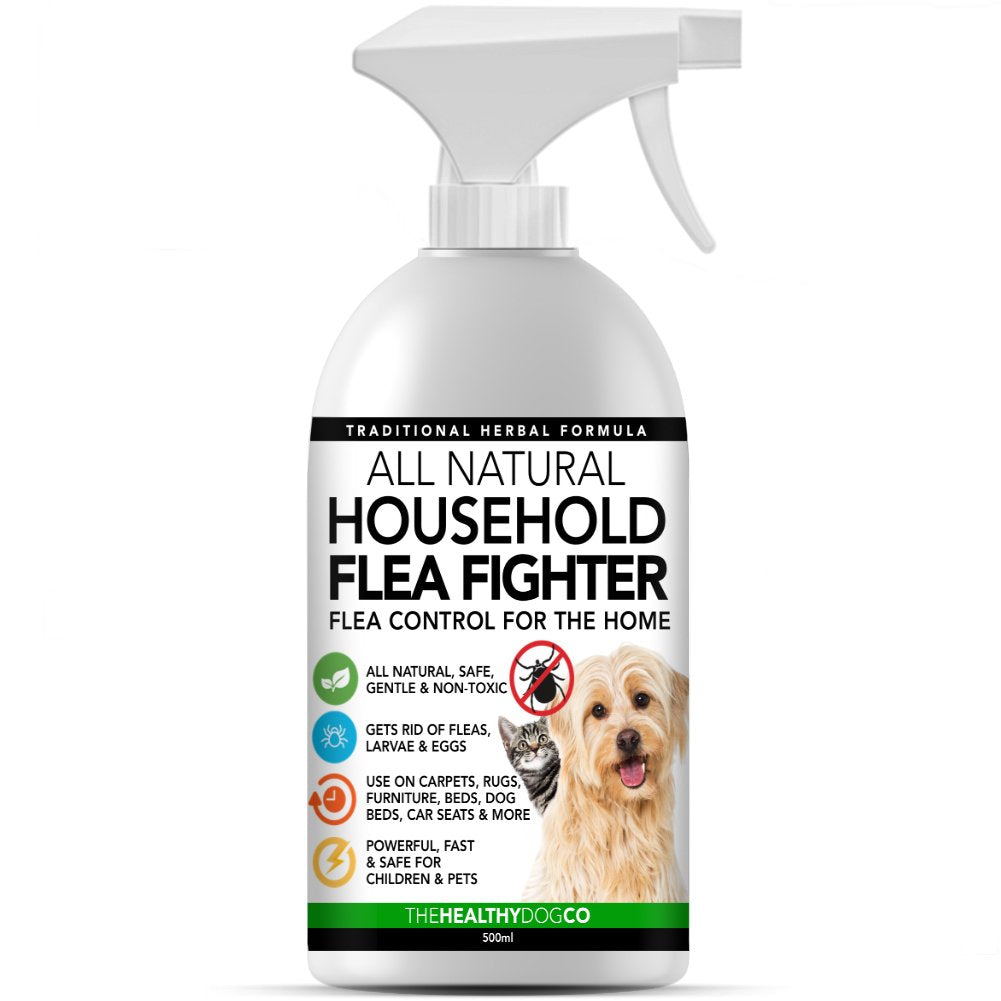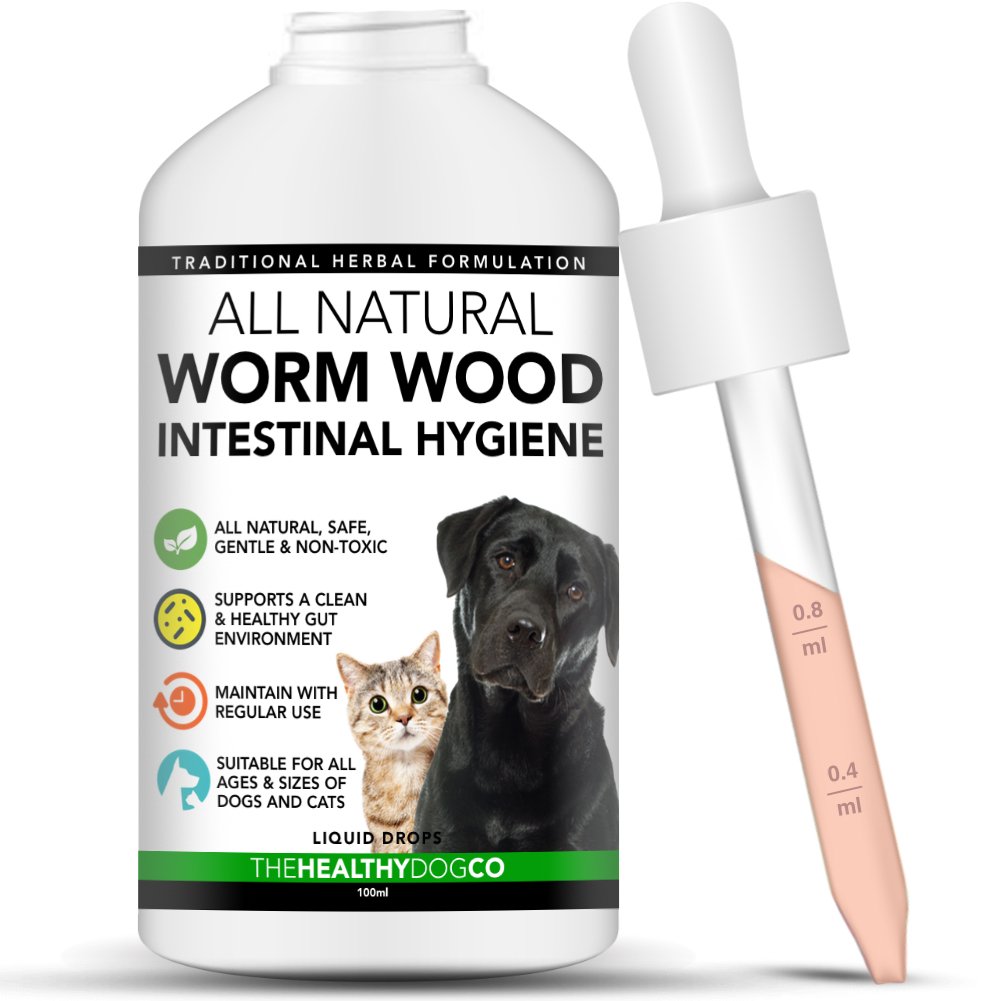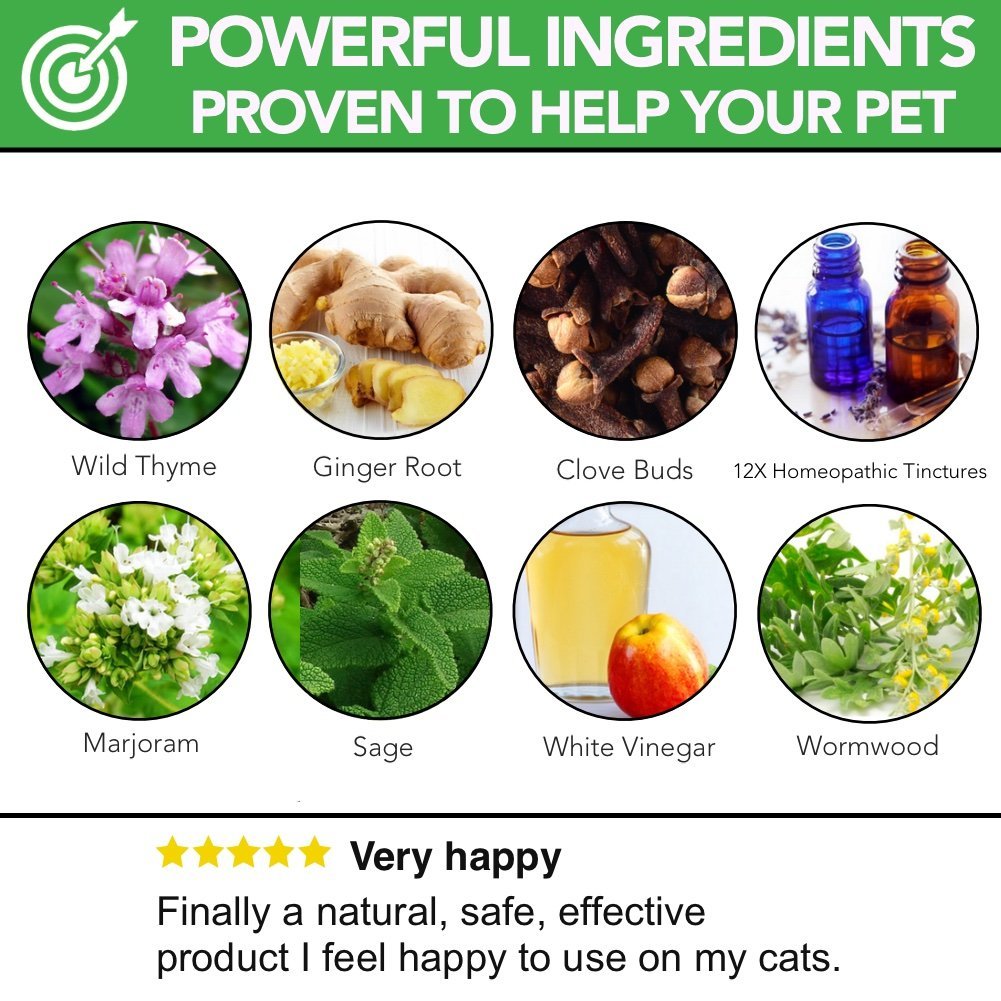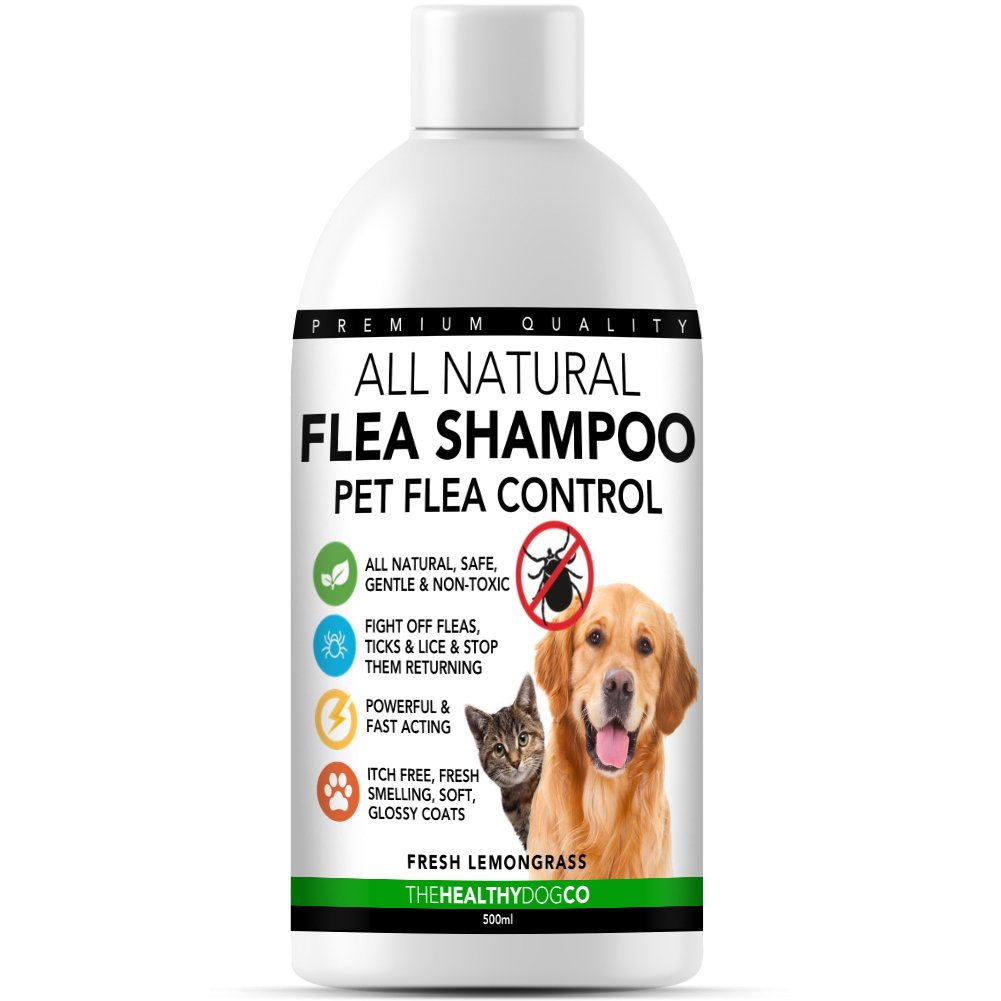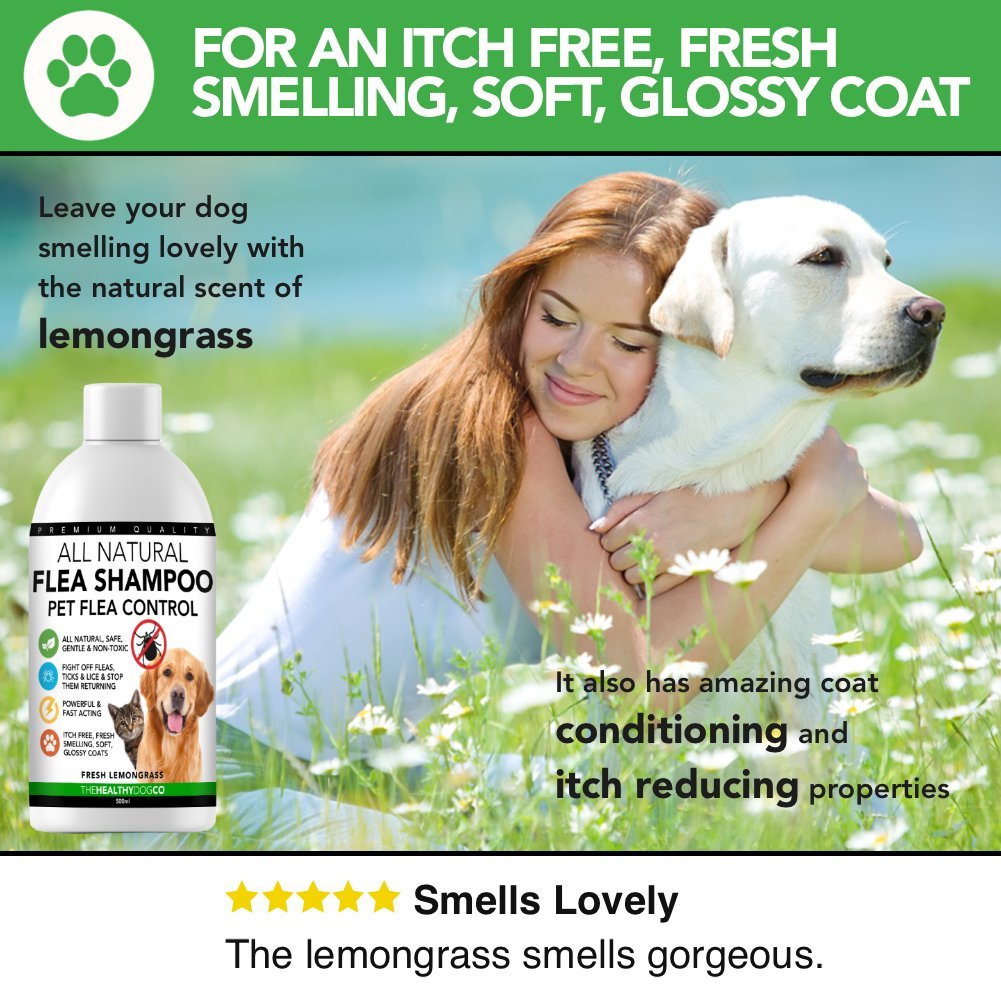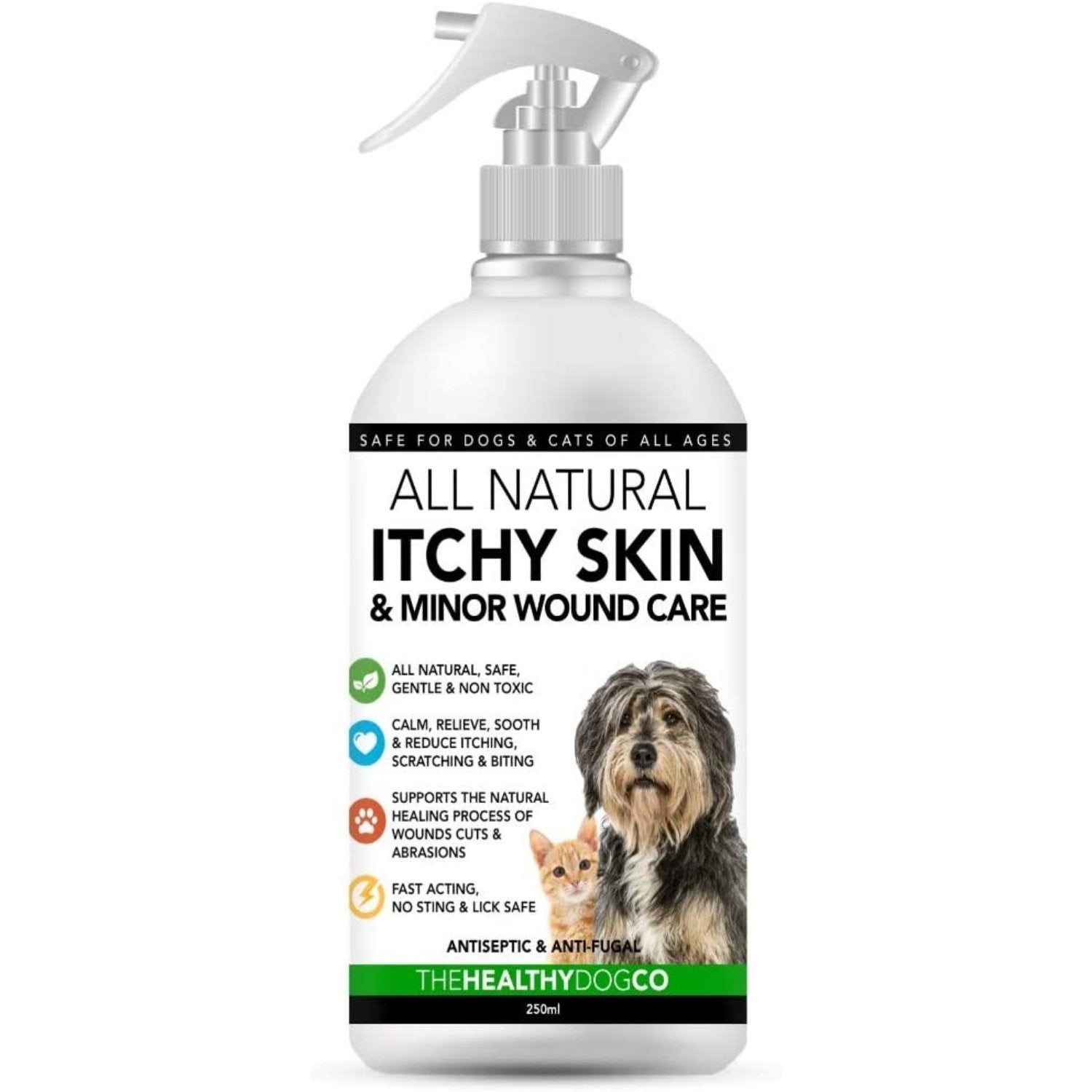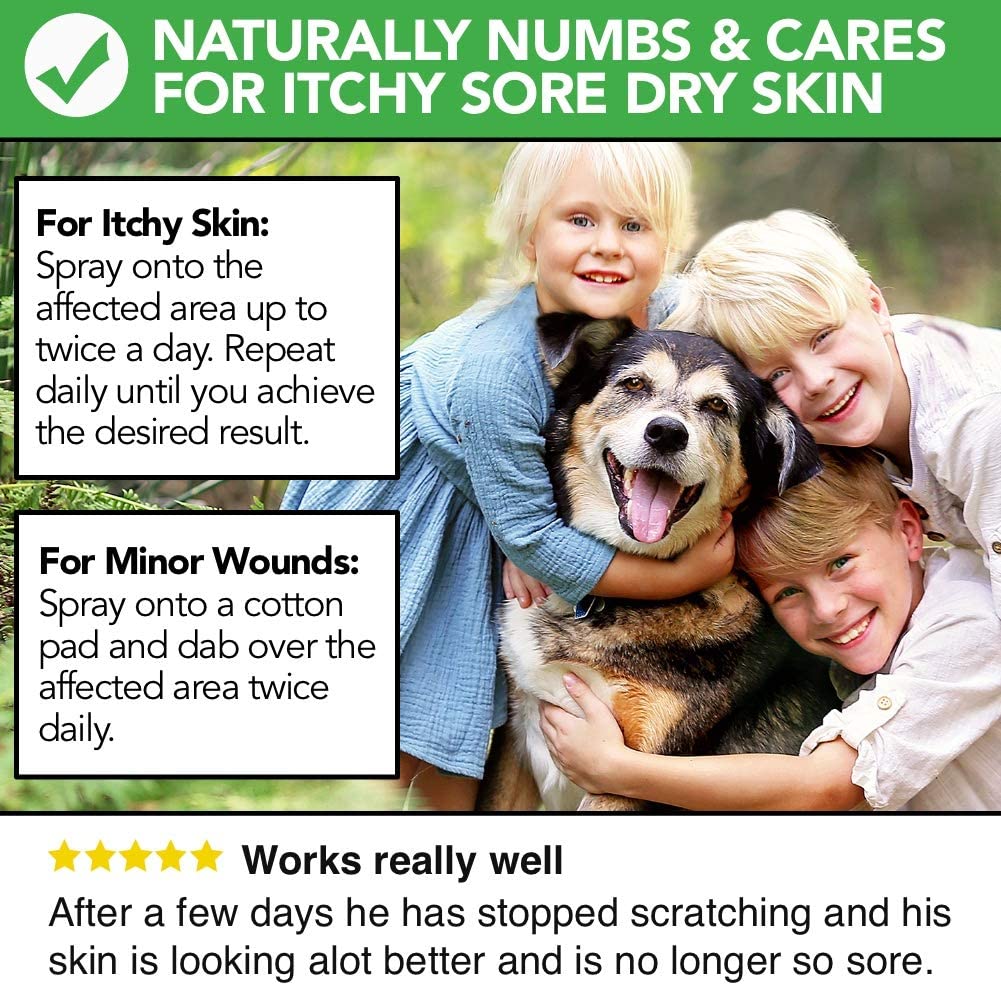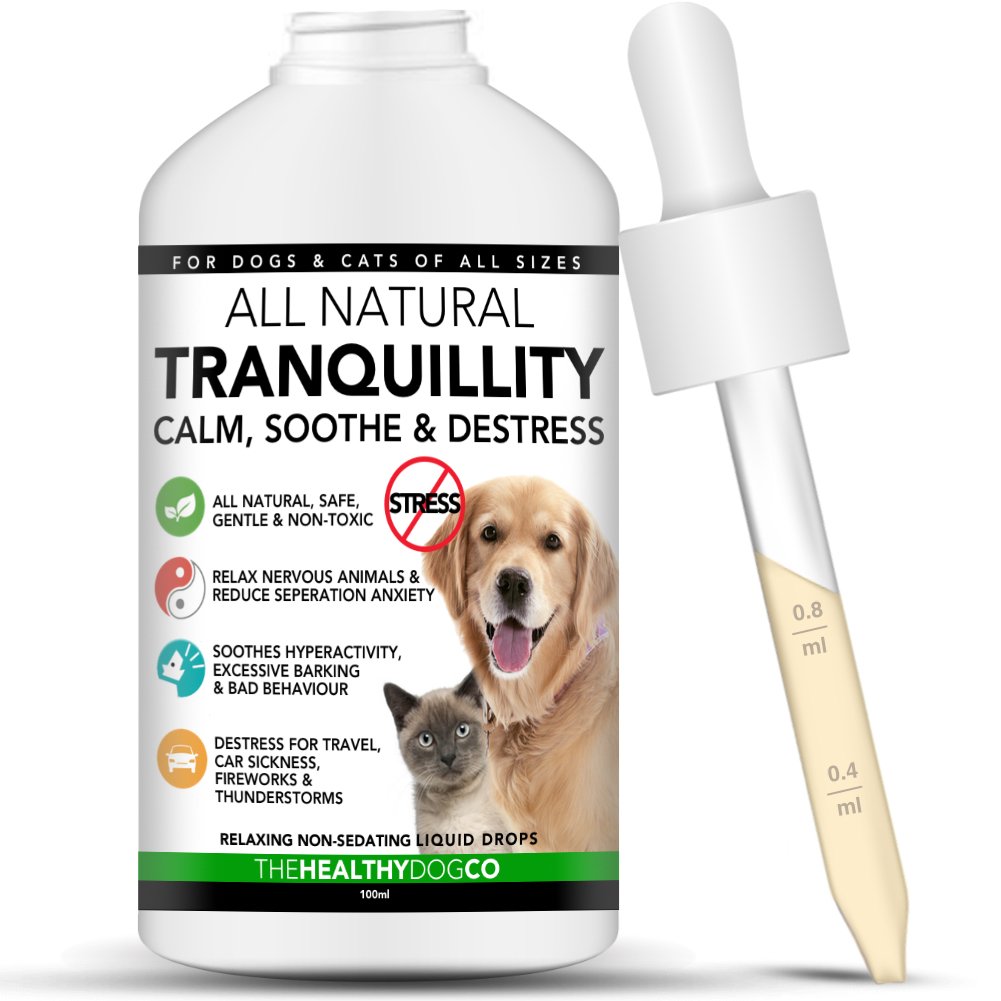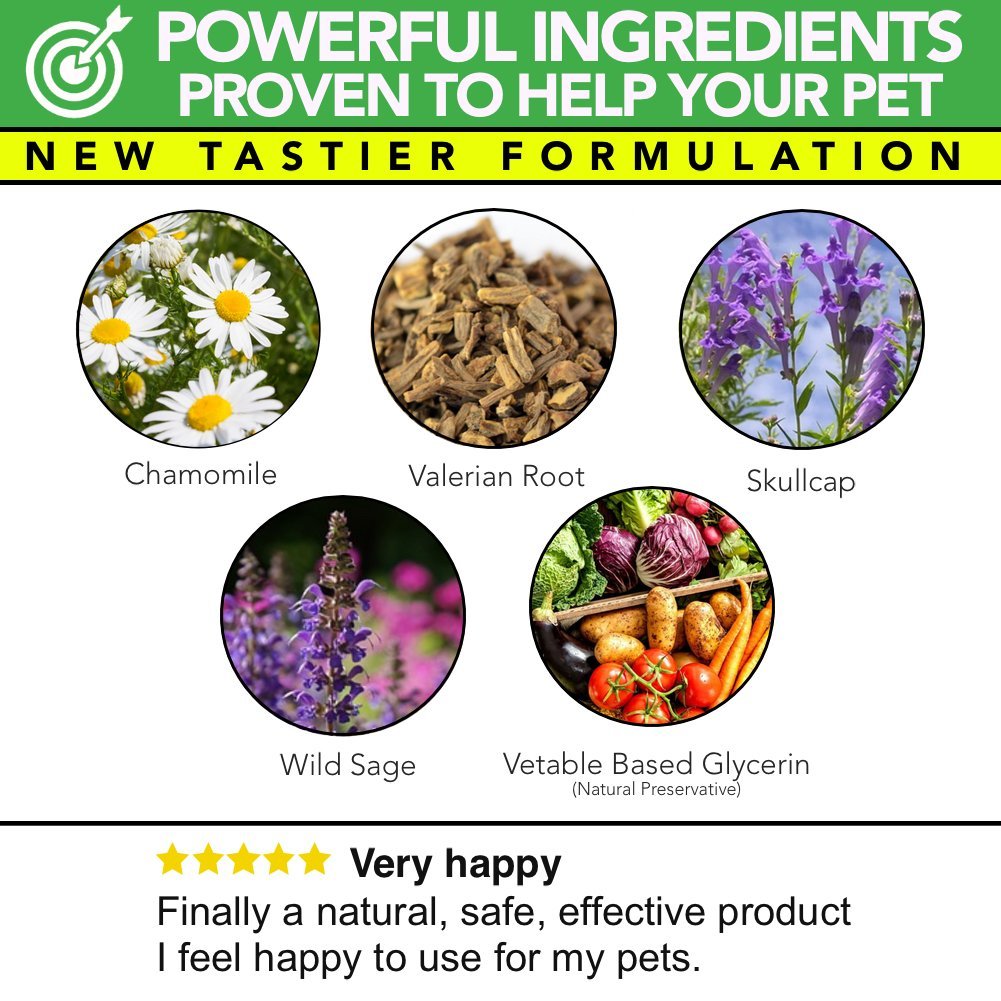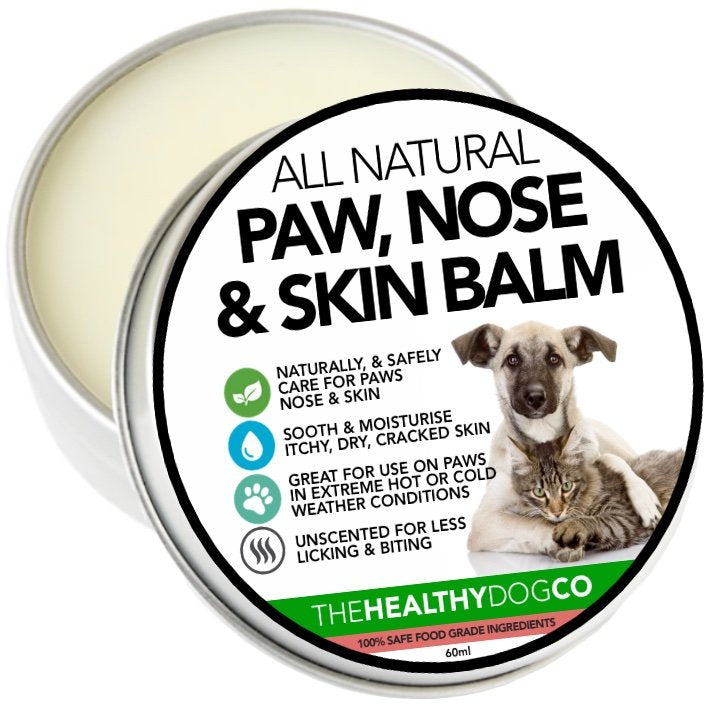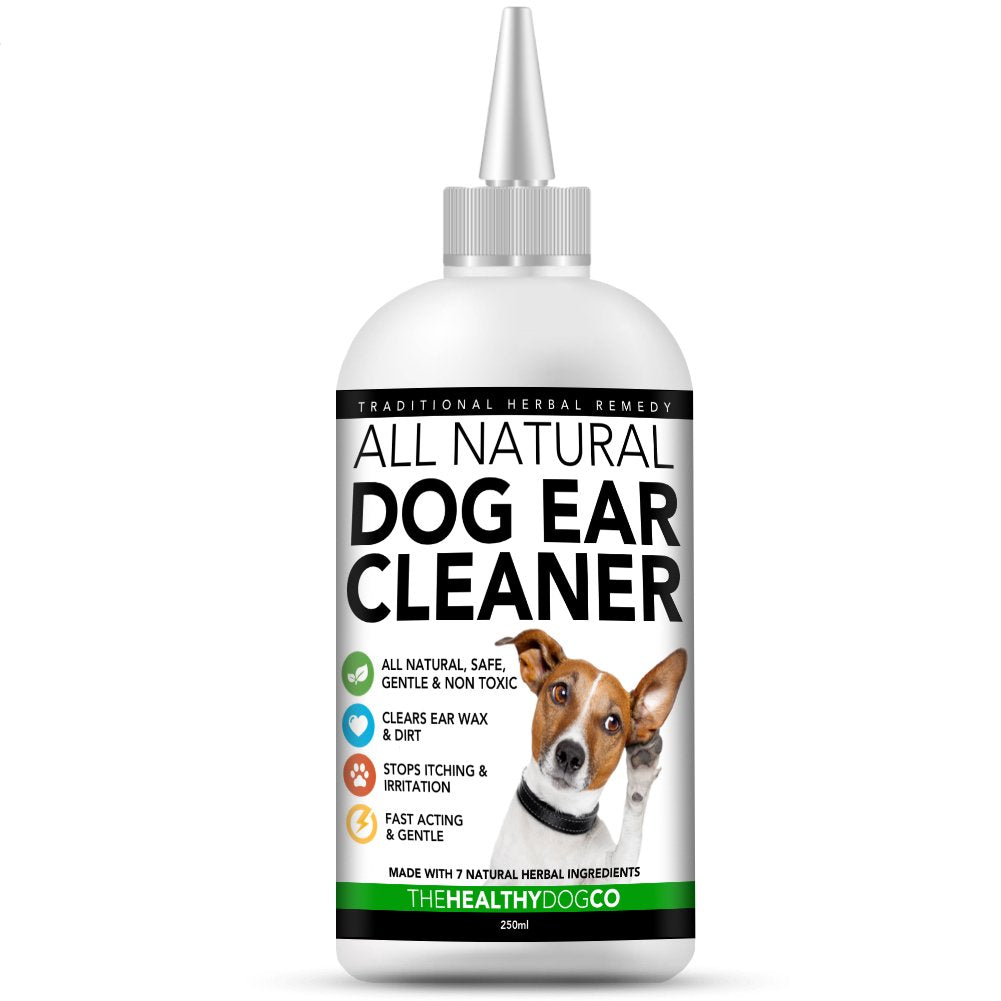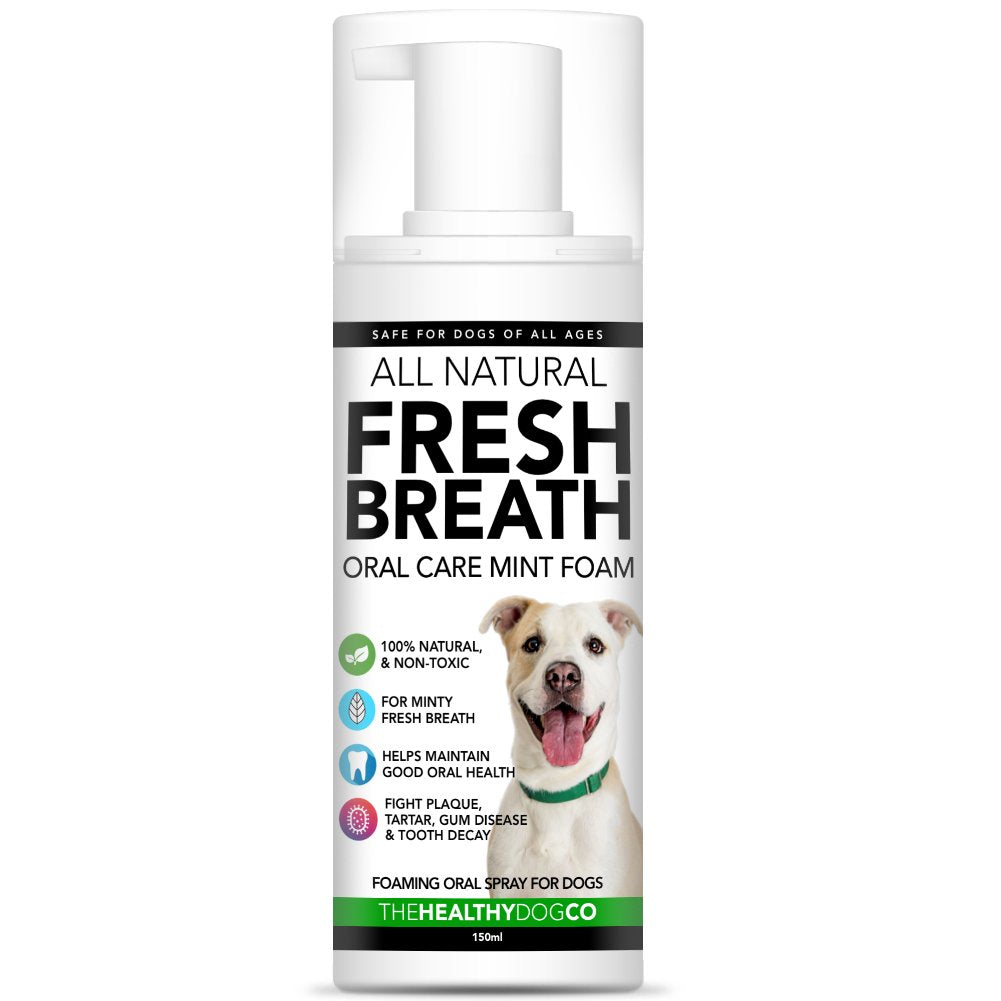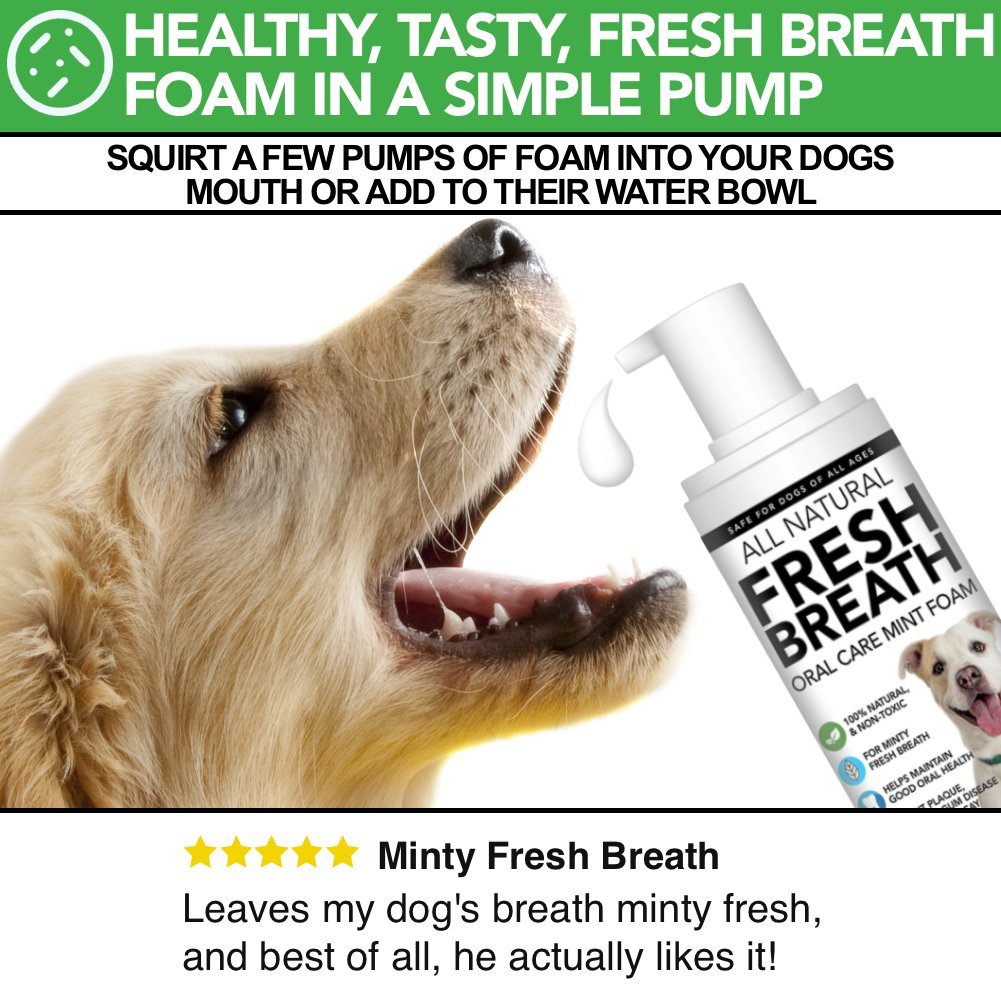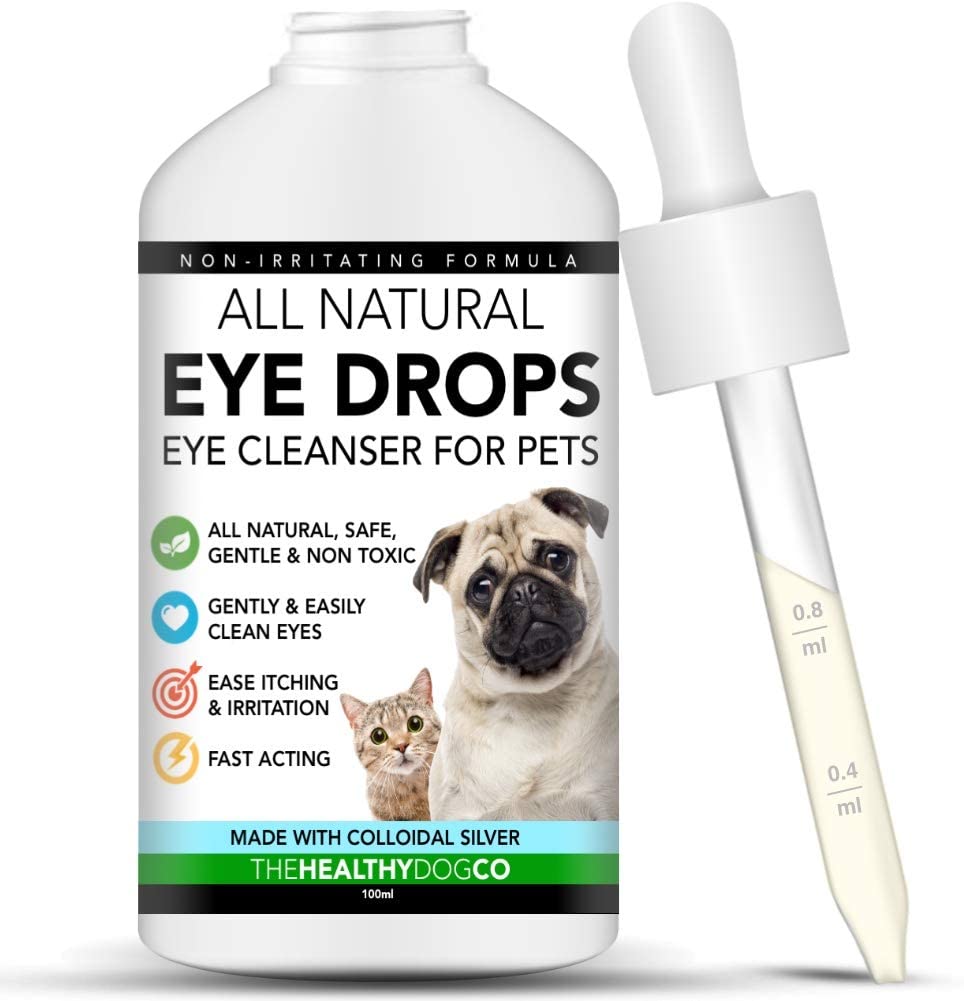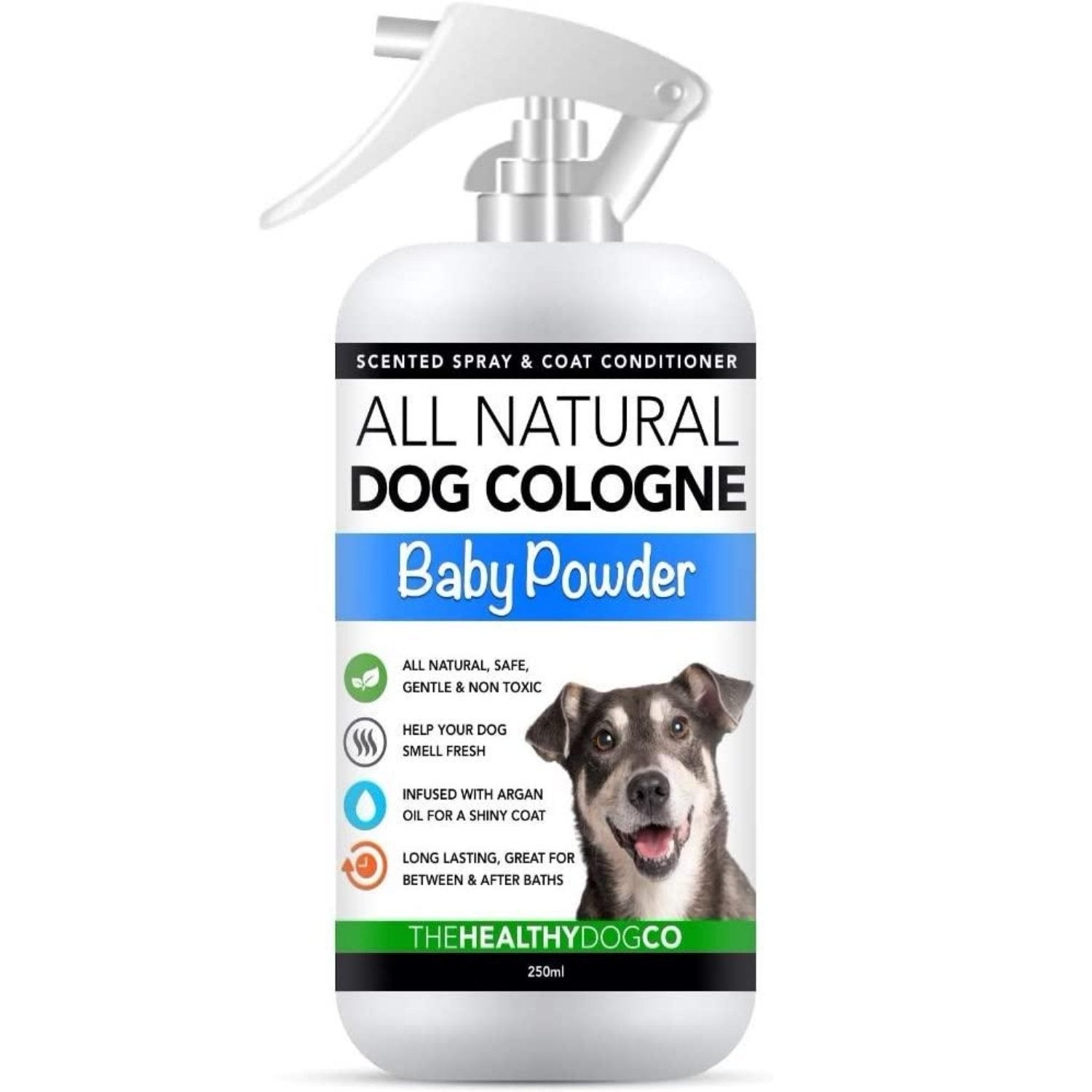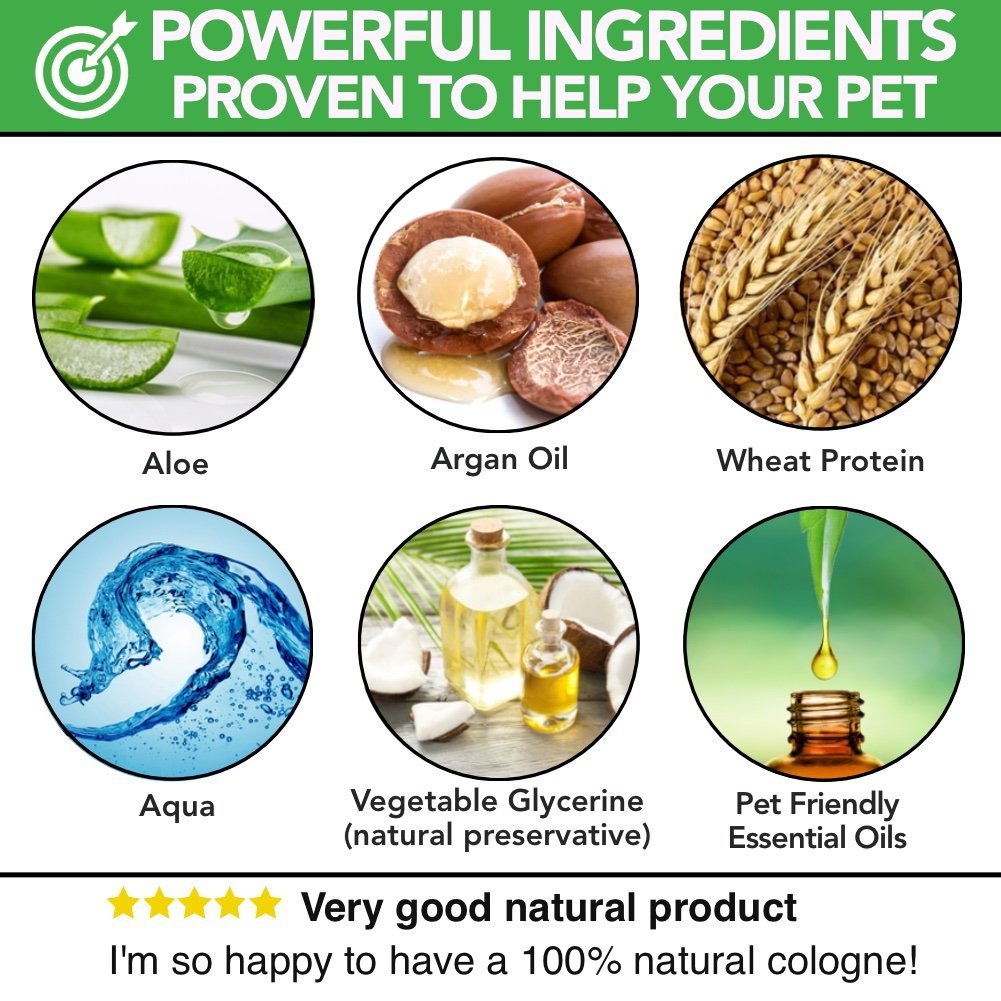
How to Feed a Puppy and Kitten: Basic Feeding Guidelines

Puppies and kittens are adorable little bundles of fur. Watching a puppy or kitten grow into adulthood is a special experience; it's amazing how much and how rapidly puppies and kittens grow in the first year of their lives. Good nutrition is vital throughout a cat's or dog's life, but it is especially important during kittenhood or puppyhood. Not only does feeding your puppy or kitten the right food matter, but how much you feed as well as when you switch your puppy's or kitten's food is also important.
Feeding a Puppy
How much you should feed your puppy will depend on his age and the weight he'll be when he grows into adulthood. The tables below provide general feeding recommendations, but you should always look at the feeding instructions on the food you're feeding your puppy. Puppy food made specifically for small or large breeds may have different recommendations than the ones provided here. Consult your veterinarian if you have additional questions or concerns regarding feeding instructions.
Puppies 1-3 Months Old

Puppies 4-5 Months Old

Puppies 6-8 Months Old

Puppies 9-11 Months Old

Dogs 1-2 Years Old

What Are the Best Times to Feed a Puppy?
How often to feed a puppy is important. Initially, your puppy will need many small meals throughout the day. As he grows, you can feed him larger meals less often. Your puppy needs consistent meals to help him stay energised throughout the day. It's generally recommended to feed puppies 12 weeks and younger three to four meals each day. Puppies 12 weeks to six months in age should be fed two to three meals each day. Puppies over six months of age should be fed one to two meals daily.
You should equally space your puppy's meals throughout the day. Some puppy owners like to feed their puppies at the same time they eat breakfast, lunch, and dinner. It is recommended that you feed your puppy early in the evening so that he has adequate time to digest his food before you go to sleep for the night. This can decrease the chance for accidents while you sleep.
Equally divide the food you feed your puppy into meals. For instance, if you are feeding your puppy three meals a day, and you're feeding him a total of 4 cups each day, feed three equal portions of 1 1/3 cups.
What Should You Feed Your Puppy?
Puppies should begin to eat solid food at approximately four weeks of age when they can no longer obtain enough daily calories from their mother's milk. Most puppies are weaned from their mothers between six and eight weeks of age. You may need to moisten dry food for puppies younger than eight weeks of age.
You should feed your puppy food specifically formulated for puppies. Look to see if there is a specific type of food you should feed your specific breed or size of puppy. Small and large dog breeds have different nutritional needs. For instance, large breeds of dogs tend to have more joint problems, so a large-breed dog food might contain nutrients that support a dog's joints. Small breeds of dogs have a higher metabolism than large-breed dogs, so they need nutrient-dense, higher-energy food, which can be found in small breed-specific formulas.
You can purchase wet or dry puppy food. Whether you choose to feed wet or dry food doesn't matter, as long as your puppy is getting all the nutrients he needs. Some puppies may prefer one type of food over another. While wet food is more expensive than dry food, dogs tend to find it more palatable. It is okay to mix wet and dry food together, but you may want to consult your veterinarian to develop a proper meal plan to ensure that your puppy doesn't eat too many calories.
If there is a veterinary clinic located in your local pet store, you may see prescription wet and dry dog food available for purchase. These diets are designed to address specific health issues, such as diabetes, kidney disease, or digestive issues. You should not feed your puppy these diets unless you are instructed to do so by your veterinarian.
What would a puppy's life be without treats? Treats make excellent rewards, so you'll definitely want to have some for training. Even though it's tempting to spoil your puppy with lots of treats, only 10% of your puppy's daily calories should come from treats. So resist the urge to give your furry friend a treat just because he's being cute.
Just as important as what you should feed your dog is what you shouldn't feed your dog. While it may be tempting to give your begging puppy a piece of sausage or bacon, you shouldn't feed your dog human food. Human foods often result in skin conditions, allergies, and obesity in dogs. Some human foods are actually toxic to dogs. Onions, chocolate, avocados, macadamia nuts, garlic, grapes and raisins, and milk are foods toxic to dogs. Note that this is not a complete list of human foods toxic to dogs. Ingesting these foods can cause several problems, including but not limited to stomach upset, weakness, depression, kidney failure, tremors, breathing difficulties, and even death.
When Should You Switch Your Puppy to Adult Dog Food?
You may be able to switch a small breed of dog to adult dog food earlier than you can a larger breed because larger breeds take longer to grow into maturity. You should consult your veterinarian regarding your dog's specific breed, but here are some general guidelines on when to switch your dog from puppy food to adult dog food.
Small breeds of dogs tend to grow into maturity at about 10 to 12 months old. Medium breeds grow into maturity at around 12 to 18 months of age. Large breeds of dogs tend to take two yeas to grow into maturity. When your dog has grown into a mature adult, you'll be able to transition him to adult dog food.
Dogs need to be transitioned from puppy food to adult dog food slowly. Transitioning a dog to a new food too quickly can result in stomach upset. Slowly add more and more of the new food to the old food over a week's time until you're feeding your dog only adult food. More specifically, begin by replacing ¼ of your dog's puppy food with adult food. After a couple of days, replace ½ of the puppy food with adult food. After a couple of more days, you can replace ¾ of the puppy food with adult food. Finally, give your dog only adult food. You should also use this transition process if you decide to switch your dog from one brand of adult food to another.
Feeding Kittens

Like puppies, kittens need food specifically formulated for their nutritional needs.
When Should Kittens Begin Eating Solid Food?
At five weeks of age, a kitten's premolars come in. When a kitten gets his premolars, he can begin to eat solid food. You'll want to start weaning a kitten off formula and onto solid food when he's between five and eight weeks of age.
What is the Best Thing for You to Feed Your Kitten?
It's best to feed a kitten specifically-formulated kitten food for his first year of life. It is recommended that you not feed your kitten food that claims it is appropriate for both kitten and adult cats. Kittens and adult cats have very different nutritional needs and should not eat the same diet.
It is always best to consult your veterinarian about what food to feed your kitten. If you want to make your kitten's food at home, you will need to talk with your veterinarian about how to add the appropriate nutrients to the food to avoid serious issues like taurine deficiency. A taurine deficiency in a kitten can cause vision problems, digestive issues, and heart problems.
You'll want to feed your kitten frequent small meals. It is recommended to feed your kitten at least three or four times each day. To determine how much to feed your kitten, you will need to look at the feeding instructions on your kitten's wet or dry food. How much you feed your kitten will be based on how much he weighs.
Bottle Feeding a Kitten
Kittens less than eight weeks old need to be bottle fed. If your kitten is a preemie, he will need to be fed with a dropper until he can suck from a bottle. Consult your veterinarian on which method is best for feeding your kitten.
Kittens need to be fed kitten formula. You can find kitten formula at your local pet store. Don't feed your kitten milk from your refrigerator – it does not contain the appropriate nutrients your kitten needs. In fact, feeding anything but kitten formula to kittens can be dangerous and cause serious issues.
How to Bottle Feed a Kitten
To bottle feed a kitten, you will need a few supplies: kitten bottles and nipples, a dropper (if you need to dropper feed your kitten), kitten formula, a bowl of warm water, and a small towel. You can purchase kitten bottles and nipples and kitten formula at your local pet store.
You should always sanitise your kitten's bottles and nipples before using them. To sterilise the bottles and nipples, place them in boiling water for five minutes. Allow them to dry completely before using.
If you are using a new nipple, you will need to poke a hole in the top. Make a small hole in the top of the nipple so that the formula drips out but doesn't flow out too quickly. You can test this by turning the bottle upside down. If the hole is the right size, the formula will drip out.
Prepare the kitten formula according to the product's instructions. To warm the formula, place the bottle into the bowl of warm water for a few minutes. To test the formula's temperature, drip a couple of drops on the inside of your wrist.
At mealtime, gently wrap your kitten in a small towel. He needs to be warm so that he can digest his food; if his body temperature is too low, he cannot properly digest his food. To feed your kitten, place him in your lap, face down. Never feed your kitten on his back. A kitten can inhale the formula into his lungs if he is being fed on his back.
Gently place the nipple into his mouth without raising his head. Your kitten should naturally begin to suck on the nipple. Hold the bottle at a 45-degree angle to prevent your kitten from sucking in air. Allow him to continue to eat until he pulls away, indicating that he's done.
After your kitten is done eating, he needs to be burped. Place one hand under your kitten's stomach and use your other hand to gently pat his back. Don't pat him too hard or he will vomit.
Take a barely damp washcloth and wipe him down. Use short strokes like his mother would when she bathes him. This teaches the kitten how to groom himself and provides needed socialisation.
How Much Should You Bottle Feed Your Kitten?
How much and how often you feed your kitten will vary based on his weight and age. Refer to the table below for recommendations.

Kitten Food 101
You can begin to wean a kitten when he is approximately five weeks old. The weaning process typically takes between four and six weeks.
Start by getting your kitten to drink his formula from a shallow bowl. Dip your kitten's bottle nipple or your finger into the formula and allow your kitten to lick the formula off. When he begins to lick the formula, gently guide him to the bowl with your finger or bottle nipple. Do not push your kitten's face into the bowl because he can inhale the formula and develop pneumonia.
It's important that you continue to bottle feed your kitten at this stage. You can encourage him to drink from the shallow bowl by offering it before bottle feeding.
Once your kitten is used to drinking his formula from the shallow bowl, you can create a gruel for him. Mix kitten-specific wet or dry food with kitten formula in a shallow bowl. You want the consistency of the food to be that of oatmeal. As your kitten becomes accustomed to eating the gruel, you can begin to reduce how much kitten formula you mix into the food.
Initially, your kitten may play with his gruel or walk in it. He may not recognise it as food. Just be patient. He will eventually figure it out. If your kitten gets food on him during mealtime, use a soft wet cloth to clean him up. If you have to clean up your kitten, put him in a warm area without drafts until he dries off.
By the time he is five or six weeks old, your kitten should only need his canned or dry food moistened slightly. By the time he is eight to 10 weeks old, your kitten should be able to eat unmoistened kitten food.
You should feed your kitten a food formulated specifically for kittens. Your kitten should eat more wet food than dry food. Your kitten's teeth won't be strong enough to eat dry kibble like an adult cat can. You can mix wet and dry food together, but you should give your kitten more wet than dry food.
Kitten treats are appropriate to feed your kitten, especially if you're rewarding him for good behaviour, such as using his litter box or scratching post. Kitten treats should only make up 10% of your kitten's daily calories.
As with dogs, it's generally a good idea to avoid feeding your kitten human food. Some human foods are toxic to kittens. Some toxic foods to cats include chocolate, onions, garlic, dog food, grapes and raisins, yeast dough, and raw eggs, fish, and meat. Toxic foods can cause a host of problems, including digestive upset, anemia, kidney issues, muscle tremors, seizures, heart arrhymias, and even death. You should also avoid feeding your kitten bones because they can splinter and cause serious damage to your kitten's mouth and digestive tract.
When Should You Switch Your Kitten to Adult Cat Food?
In general, you can switch your cat to adult cat food when he is approximately one year old. Larger breeds, such as Maine Coons and Norwegian Forest Cats take longer to mature. Consult your veterinarian if you have questions about the appropriate time for your cat to begin eating adult cat food.
You will want to transition your cat from kitten to adult food gradually in order to avoid digestive upset. Begin by replacing ¼ of your kitten's food with adult cat food. After a couple of days, start feeding your cat ½ kitten food and ½ adult food. After a couple of days on this diet, feed ¼ kitten food and ¾ adult cat food. A few days later you can finally give your cat 100% adult cat food. You will want to follow this transition process any time you change your cat's adult cat food from one brand to another as well.
You can either free-feed your adult cat or provide him meals on a schedule. If you choose to provide your cat's meals on a schedule, you will need to be as consistent about feeding him at the same time every day as you can.
Conclusion
Puppies and kittens make wonderful companions, and it is a joy watching them grow into mature adults. These small bundles of fur have unique nutritional needs that differ from adult dogs and cats. Feeding your puppy or kitten a proper, balanced nutritional diet helps ensure that he will grow into a happy and health cat or dog. Remember that your veterinarian is a great resource if you have any questions regarding your puppy's or kitten's diet.
Featured Products
About The Healthy Dog Co
The Healthy Dog Co’s mission is to create products that dog and cat owners can trust with the health of their pets by only producing products with healthy, safe, all natural ingredients.
At The Healthy Dog Co, it’s all about giving your pet a healthy and happy life with All Natural Health, Happiness and Care Products.
Because Your Pet Deserves Better!
Shop our range of All Natural Healthcare Products for your Dog or Cat today!










